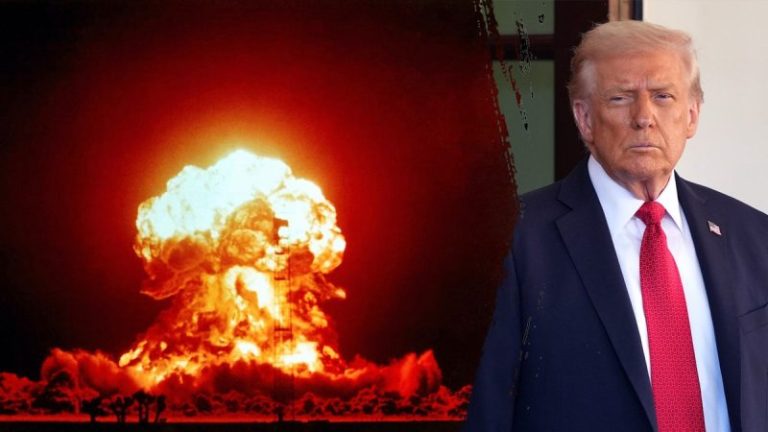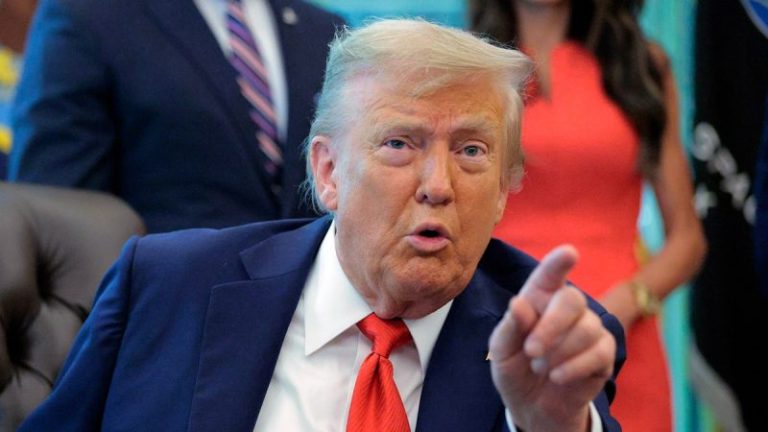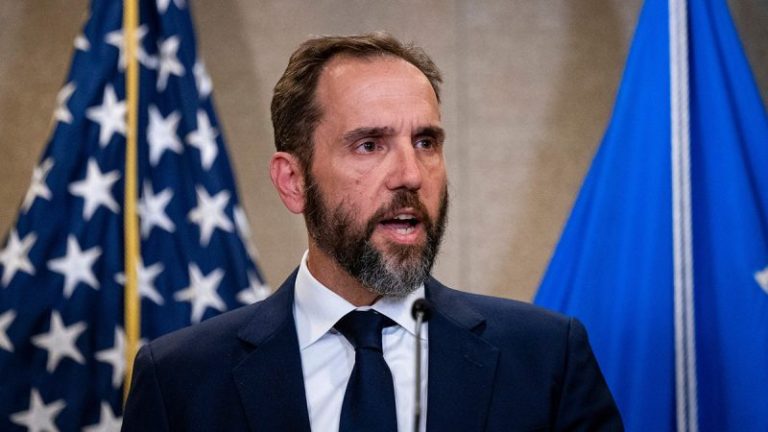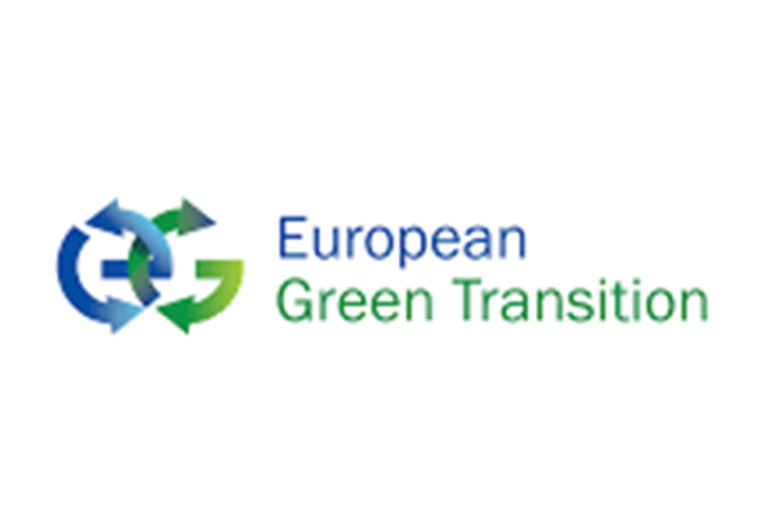President Donald Trump’s announcement that the United States will resume nuclear weapons testing for the first time in more than three decades has sent shockwaves through both Washington and world capitals. He argues the move is necessary to ‘keep pace’ with Russia and China, whose programs he claims are active, and to ensure that America’s deterrent remains credible. We will not be outmatched, Trump declared, ordering the Pentagon to ‘immediately’ begin preparations.
That declaration reverberated across the globe. To some, it signals renewed American strength — proof that Washington will no longer rely on self-imposed restraints while adversaries modernize unencumbered.
The rationale: deterrence and parity
Trump’s rationale rests on deterrence. If Russia or China are conducting secret or low-yield tests in violation of international norms, then the U.S., he argues, cannot appear constrained.
That logic has merit in theory. Yet in practice, there is no publicly verified evidence that Moscow or Beijing have conducted full-scale nuclear explosions in recent years. Both remain bound, at least politically, to the global testing moratorium.
America, for its part, has maintained a robust and credible deterrent through its Stockpile Stewardship and Management Program — using advanced supercomputing, materials science and subcritical testing to ensure our arsenal’s reliability without detonating a single weapon since 1992. However, Russia’s 2023 de-ratification of the Comprehensive Nuclear-Test-Ban Treaty (CTBT) signals potential erosion of that restraint.
In short, our nuclear arsenal works. Our delivery systems are being modernized.
A brief history: lessons written in fire
To understand what is at stake, it helps to recall how we got here. The U.S. conducted its first nuclear test — the ‘Trinity’ explosion — on July 16, 1945, in New Mexico. Over the next half-century, America performed more than 1,000 nuclear detonations, first in the atmosphere, later underground and underwater. Each test expanded our understanding of the bomb’s formidable power and devastating potential — but the environmental and human toll, from the Pacific islands to Nevada, was staggering.
By the early 1960s, public outrage and the Cuban Missile Crisis convinced world leaders that unrestrained testing endangered humanity itself. The Limited Test Ban Treaty of 1963 banned explosions in the atmosphere, outer space, and underwater. The final U.S. test occurred on Sept. 23, 1992, after which Washington joined a global moratorium pending ratification of the CTBT — still unsigned by a few key states, including ours. Nevertheless, the norm held. For 33 years, no nation except North Korea has crossed that line and, perhaps, South Africa, in 1979.
That moratorium has been one of the quiet triumphs of post-Cold War diplomacy: a restraint observed not out of naiveté, but wisdom born of horror. It allowed nations to modernize defensively while preserving the taboo against nuclear explosions, the ultimate boundary between deterrence and apocalypse.
The risks: moral, strategic and existential
To resume testing now risks unraveling that fragile consensus. Once the U.S. breaks the silence, others will follow. Russia could justify its own tests as reciprocal. China, already expanding its arsenal to 600 warheads, is expected to reach about 1,000 nuclear warheads by around 2030 and might accelerate that program. India and Pakistan could feel emboldened. North Korea would seize the moment to demonstrate ‘parity.’ Within years, the world could witness a cascade of underground detonations from East Asia to the Middle East. The psychological barrier separating possession from use would erode.
From a moral perspective, this is not a step to take lightly. Theologians and strategists alike have long argued that nuclear weapons pose unique ethical dilemmas.
From a policy standpoint, the cost-benefit calculus is equally stark. Resuming tests would erode U.S. moral authority in arms-control negotiations, undermine the CTBT and alarm allies who rely on America’s extended deterrence. It would also hand propaganda victories to adversaries eager to paint Washington as reckless. The environmental, safety and political costs of reopening test sites would be significant, and the scientific benefit — according to our own laboratories — minimal.
As the International Campaign to Abolish Nuclear Weapons (ICAN) warns, renewed testing would undermine decades of global norm-building around restraint and open the door to new proliferation.
A better path: lead, don’t imitate
Rather than igniting a new nuclear competition, the U.S. should seize this moment to lead the world toward restraint. Trump’s instinct to project strength is understandable; deterrence remains vital in a world of aggressors. But true strength includes moral leadership.
If the president genuinely wishes to reassert American primacy, he could do so not by detonating weapons, but by convening a global summit of nuclear-armed states — the U.S., Russia, China, France, the United Kingdom, India, Pakistan, Israel and North Korea — to renew or formalize a universal moratorium on nuclear testing. Such a proposal could leverage the CTBTO’s Article XIV Conference mechanism for enhanced verification and transparency.
Such a summit would accomplish three things:
- Reestablish dialogue among powers that rarely sit at the same table, easing nuclear tensions.
- Reaffirm deterrence without destruction, updating verification mechanisms and transparency measures using modern technology.
- Restore moral leadership, demonstrating that America’s power is disciplined by conscience, not driven by fear.
By proposing such a gathering — perhaps under United Nations auspices or as a U.S.-hosted initiative at the Nevada National Security Site — President Trump could transform a provocative decision into a statesmanlike opportunity. He could remind the world that American strength serves peace, not annihilation.
Conclusion: the test before us
For decades, humanity has lived under the shadow of weapons too powerful to use. Their silence has been our safety. Breaking that silence risks inviting a new arms race and edging civilization closer to the brink. History’s lesson is clear: once the nuclear threshold is crossed, even in testing, it becomes easier to cross again.
President Trump has proven that boldness can reset stagnant debates. But boldness without wisdom can also destabilize the world we seek to defend. The real test before us is not of plutonium or warheads, but of leadership — whether we will master our power, or once again let our power master us. True leadership demands the courage to combine military readiness with moral restraint, ensuring that power serves peace rather than pride.
This post appeared first on FOX NEWS









